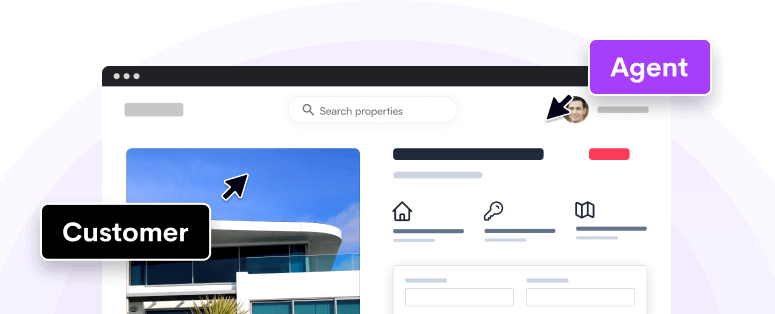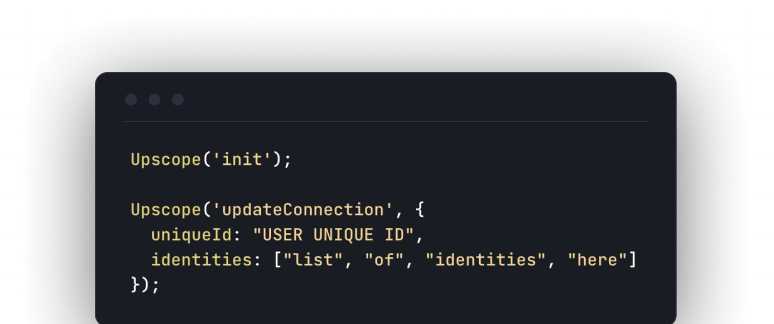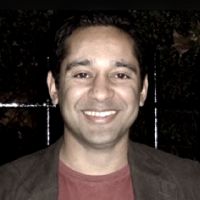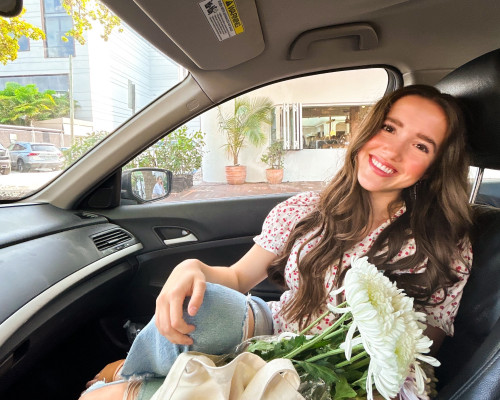Distributing content can be difficult. Find the right way to share and get
exposure for your work. Discover what channels and tips you can use to
optimise your content and get the best results.
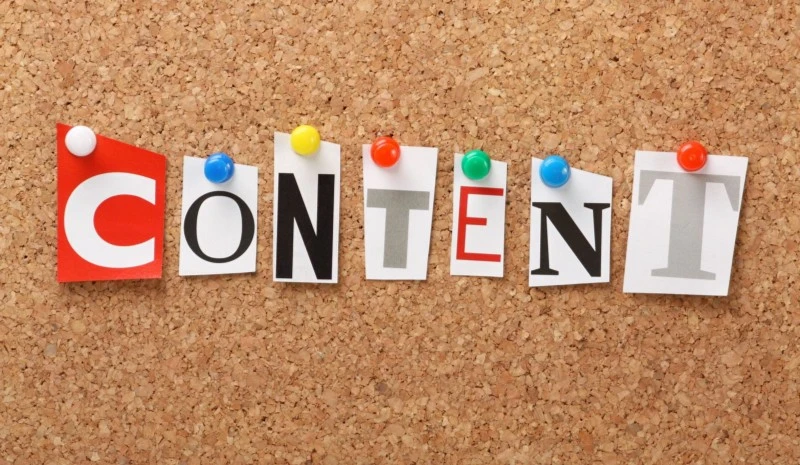
Key Takeaways:
-
Repurpose your content via various channels, bloggers and influencers.
-
Learn to speak the language of different social channels.
Transcription
Owned Media is often overlooked
We bought media. We were looking at getting PPC insights. This was really good
because you can turn it on, and you can turn it off. You can very quickly get
some great insights into who your competitors are, and what they’re doing and
more importantly, what and where the quick wins will be.
Paid social insights. So by injecting the kind of offline print media
demographic makeup of an architectural audience with some of the insights that
we’re getting from Facebook and Twitter, we’re very very quickly able to
create different personas from a digital perspective. I think owned media is
often overlooked, particularly with so many innovations that are coming in…
There are lots of different platforms.
From an immediate perspective, we wanted to mind Twitter, Facebook, and
various different blogger influencers. Particularly bloggers talking about
the America’s Cup race, and those that had an inherent interest with it. They
weren’t going to be the audience that was actually going to purchase a watch.
The watches started at six grand upwards. But by trying to** talk to people
that were actually really passionate about the America’s Cup race, was a good
way for us to very quickly get some traction.** This was obviously
underpinned by customer surveys, which had touch points in each one of those
different sections.
Repurpose your videos to make one thing do more
People put up a video, and then they think it’s done. This can be cut up into
so many things…
So, let’s say for instance my presentation now, is so good, that I get a
standing ovation… Well then, I’d make it into a blog. In this blog, I will put
slides, images. Then I:
-
Outsource it onto another site.
-
Send it to a videographer, who will turn it into a video slideshow.
-
Make it into a podcast
-
Follow up with another blog
-
Comment on related tweets
-
Produce reactive content i.e break up a video into smaller videos.
So it’s basically all about making something do more. Don’t just put up a
blog post or video and leave it.
Learn to speak the language of that channel
My point here is about talking to people. In what way do they want to be
spoken to? Like a person…
If I take Nike women on Instagram as an example.
They are an influencer by themselves. Their style has been established for a
long time.
However, if you look at their Tumblr page, you can see a huge difference.
Their tumblr is way more creative, more fun and more lighthearted. My point
here is, the different forms of social media have different vibes.** It’s
all about learning to speak the language of that particular channel.**
What are the limitations of the paid, owned and earned model?
It can very quickly be seen as the way to structure an agency business or a
client business simply because it’s a nice way to put people into buckets
almost. The limitations of it are that in reality that’s not the way in which
the digital ecosystem works. It’s all about that kind of overlap and the
sharing of data, and not kind of siloing individuals into specific group sets.
I think that’s the big struggle, because there’s so many disciplines within
digital, in order to have an effective way to encourage staff to progress in
their careers, you should allow them to test and try different channels and
different campaigns.
End
Like’d that?
Use live chat?
Visit Upscope for probably
the greatest ever add-on. ?
